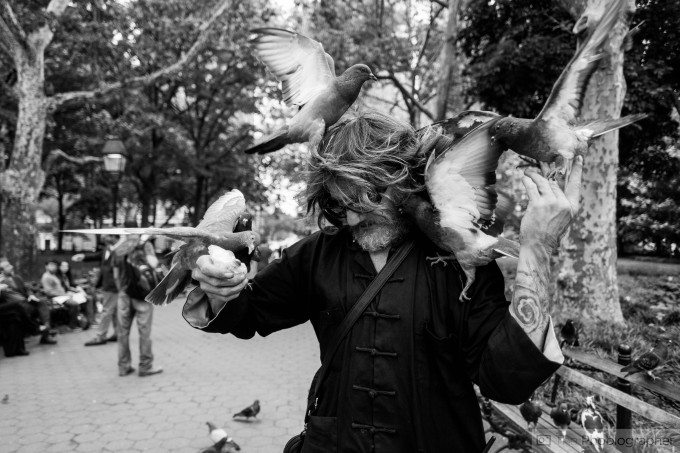Last Updated on 09/24/2014 by Chris Gampat
Here are the top 10 photography tips from some of the best contemporary street photographers interviewed and featured on the Street Photography London blog.
Here are their answers to the following question: What is the single most important piece of photography advice you could share or wish someone gave you when you started? (click on their names to read the full interview)
Editor’s Note: This blog post was originally published on Nicholas Goodden’s photography blog and is being republished with permission. We’ve featured Nick’s pixelated people project and his apocalyptic take on London. Be sure to also follow him on Twitter.
“Always carry a simple photography business card – the one time you don’t have one on you will be the one time you need it. And don’t spend too much time looking for funny juxtapositions, as you will find many of them contrived in a few years.” – Paul Russell
——-
“I guess before you even get to the promotional stage I think it’s absolutely crucial that people think about what it is that they actually want to communicate.
Too often people shoot & share work with the sole objective of getting as many likes/ follows/ reblogs/ stars/ whoops or whatever else it is they are after.
In many cases people would be much better advised finding and defining who they are visually and work towards their own voice and style as well as building a strong body of work before sending their images off to the social media sausage factory.
It might sound harsh but without a clear vision and consistent ‘voice’ to contribute to the already very crowded photography discussion, many photographers today risk becoming lost in the sea of mediocrity.” – Ronya Galka
—-
“Discover your passions and try to find ways to express them in your photographs. Don’t try to imitate, because art is about expressing yourself. And try to find a job that has nothing to do with photography because it might happen, that you have to do lots of photography jobs that aren’t creative or funny at all. So: focus on what you really love to do.” – Juergen Buergin
—-
“I am not a big fan of publishing huge numbers of pictures on a daily basis. I usually wait for a few days before publishing my street shots. I do visit my edited collection on a daily basis. If I still find them interesting after looking at them a good few times, I will publish or else delete it. So my advice to newbie street photographers will be to capture a lot street shots but don’t be in a hurry to publish. I strongly believe that it is not about the number of shots I publish, but the quality. It is also good to have a close friend or a partner to be your critique.” – Gagan Sadana
—-
“Yes. When shooting street, leave your lens cap off and your camera on at all times. Also make sure your camera is as inconspicuous as possible. Leave off the battery grip, the huge zoom lens. You don’t need that. You need your camera to look as bland and as ordinary as possible.” – Idene Roozbayani
—-
“Photography is a journey which starts with the willingness to see the world differently. I think that this is a commitment that every artist should do, to him/herself and others. Limiting oneself to following rules and best practices established by others is bound to restrain you to no avail: experiment, go out, fail often and try again. That’s the only way to find who you are.” – Marie Laigneau
—-
“Don’t use watermarks.” – Reuben Radding
—-
“Look at photographs and ascertain what works and what doesn’t. […] But the best way is really to just get out there and take pictures, get to know your camera and experiment.” –Justin Cliffe
—-
“Though, it is very useful to learn your basic camera settings, you do not need a huge, expensive DSLR to shoot street photography!” – Linda Wisdom
—-
“Probably not to focus too much on equipment. For the last four years I have been shooting with the same system (M9) with basically two focal lengths (35mm – 50/). Though the temptation to upgrade (GAS) is sometimes there, at some point you realize that lack of skill, vision or even time are the major reasons of one’s shortcomings, not owning the latest camera. Spending the money on travel or shooting time is the best way to progress quickly. Still, the equipment discovery phase is probably a step that a beginner has to go through to find what best fits its shooting style and vision.” – Yanidel
—-
And a last one (for the road) from me:
Don’t emulate others. All the inspiration you need is within you and out there in the streets. Go out and shoot, shoot and shoot some more.


